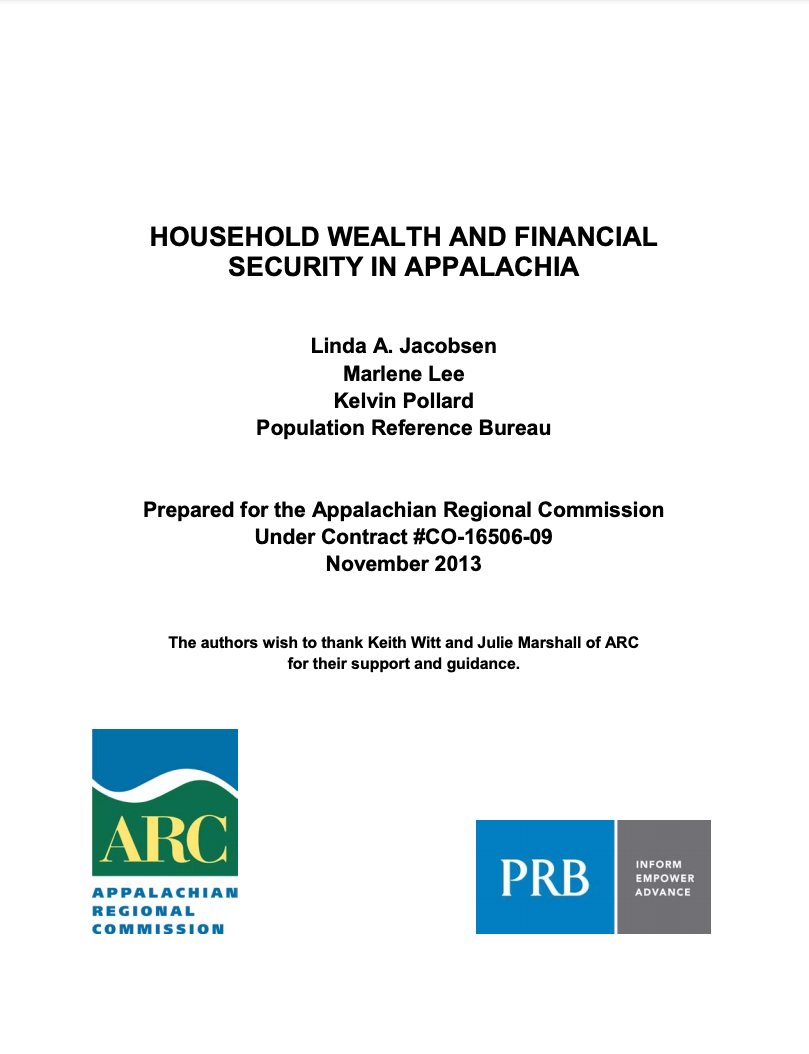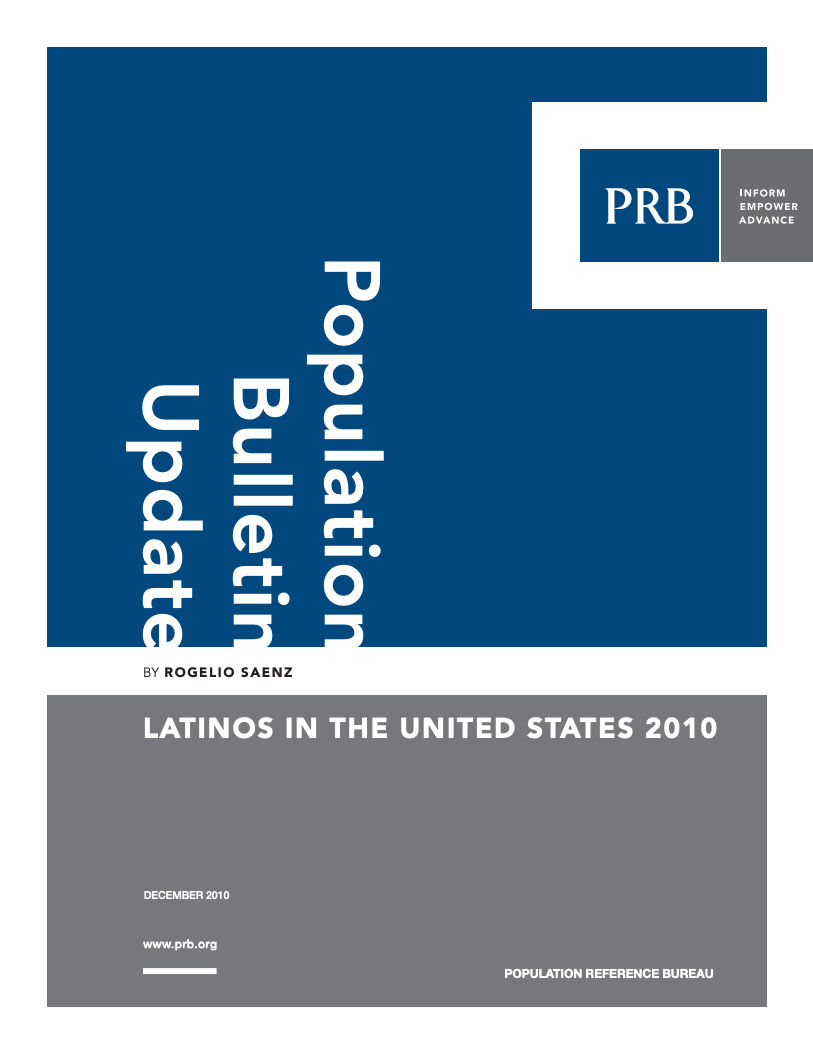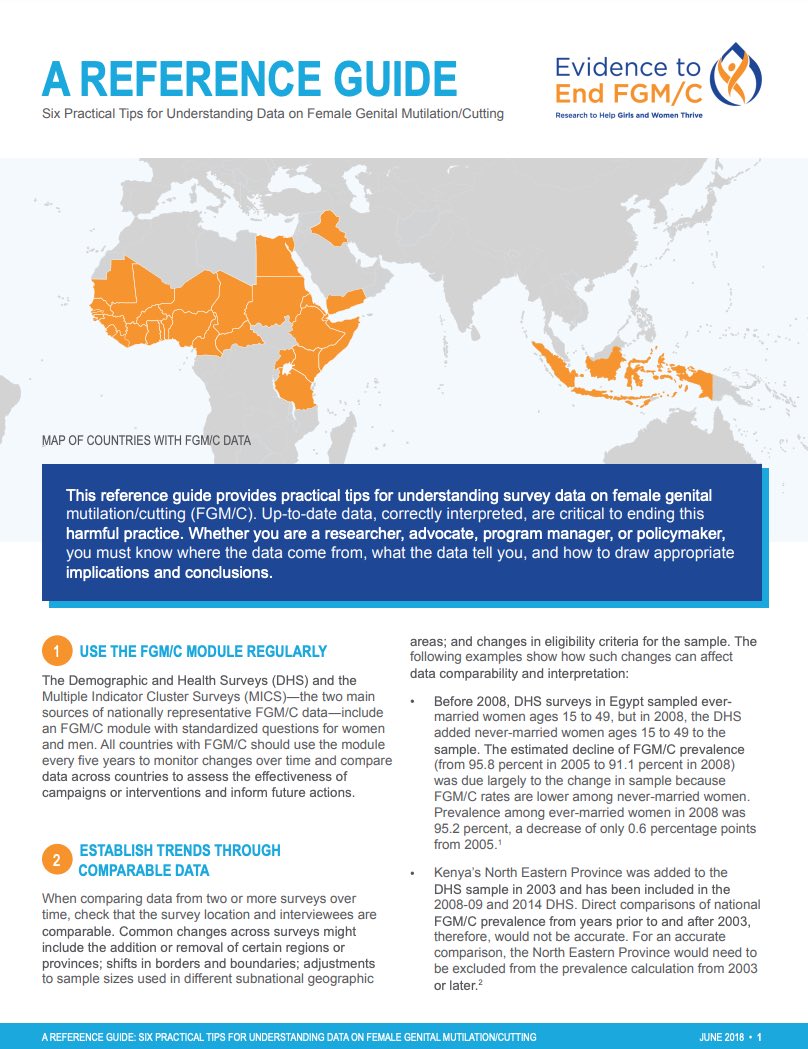Project: Appalachia: Demographic and Socioeconomic Trends
Report. Household Wealth and Financial Security in Appalachia (2013)
In 2007, with the onset of the deepest economic recession in the United States since the Great Depression, Americans lost jobs and experienced sharp declines in the value of their homes and investments.




